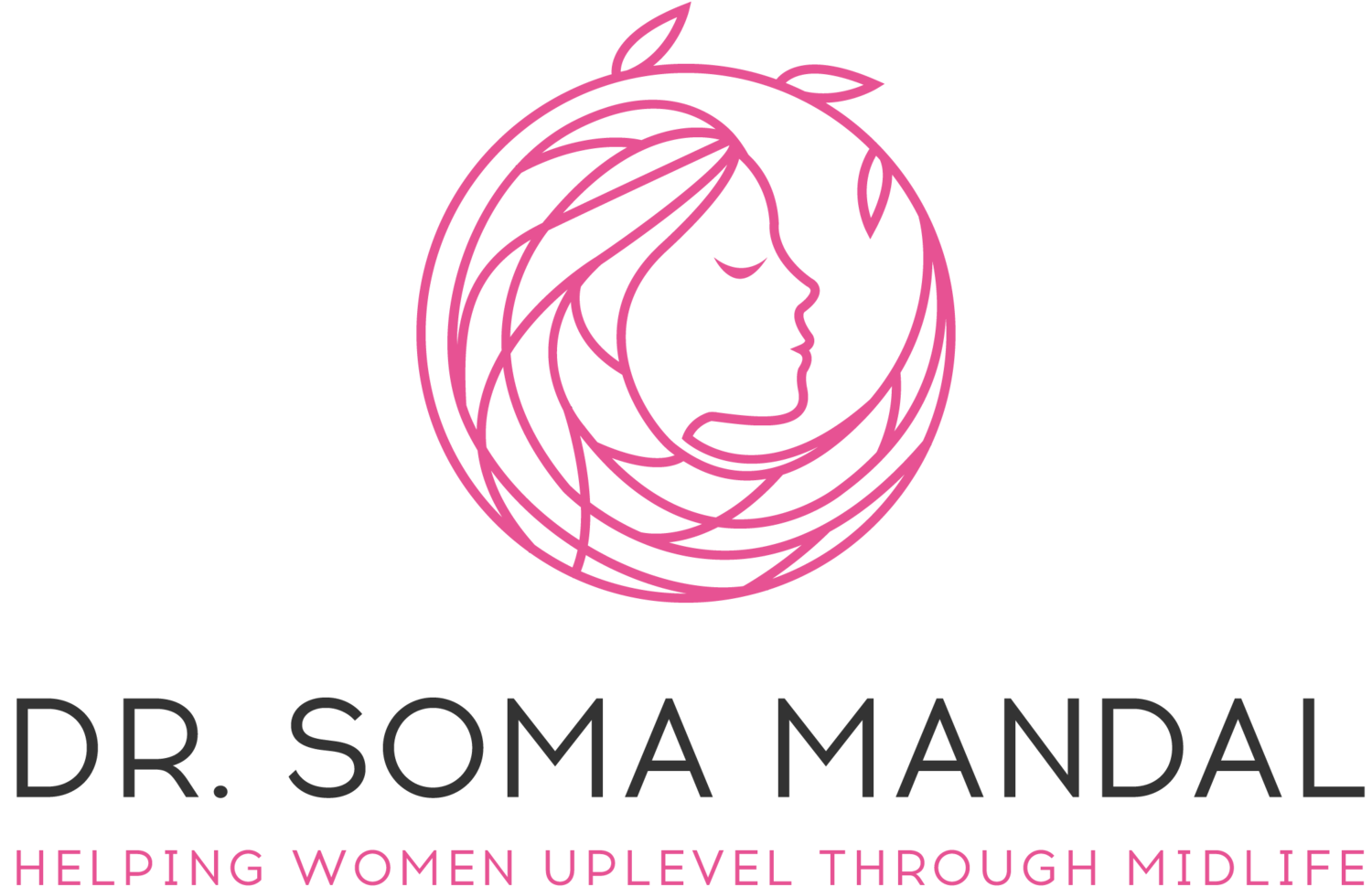Shingles, also known as herpes zoster, is a painful skin rash caused by the varicella-zoster virus – the same virus responsible for chickenpox.
After a person recovers from chickenpox, the virus can lie dormant in the body's nerve cells and reactivate years later, causing shingles. Shingles typically presents as a painful, blistering rash that usually appears on one side of the body. Other symptoms may include fever, headache, chills, and upset stomach. The pain associated with shingles can be severe and debilitating, often described as a burning sensation or a dull, constant ache.
The best way to prevent shingles is vaccination. The Centers for Disease Control and Prevention (CDC) recommends that adults 50 years and older receive the Shingrix vaccine, which is given in two doses, two to six months apart. This vaccine has been shown to be over 90% effective at preventing both shingles and the long-term nerve pain that can follow, known as postherpetic neuralgia.
If you do develop shingles, it's important to seek medical attention as soon as possible. Early treatment can reduce the severity of the disease and the risk of complications. Treatment typically involves antiviral medication to reduce the severity and duration of shingles. Pain medication may also be prescribed to help manage the pain. In some cases, shingles can lead to serious complications such as postherpetic neuralgia, a condition where the pain from shingles lasts for months or even years after the rash has disappeared. Other potential complications include vision loss if shingles affects the eye, skin infections, and neurological problems.
Shingles can be mild or be very severe. It can really be debilitating and can cause people to miss work and stay at home to recuperate. I encourage all my patients to get the Shingrix vaccine if it is allowable. Work on stress and a healthy lifestyle including stress management.






